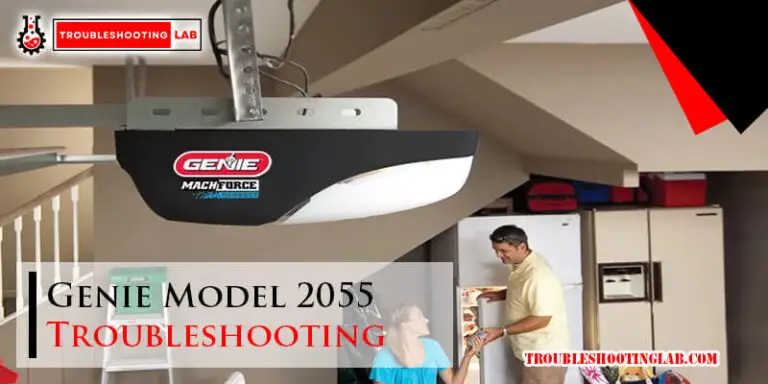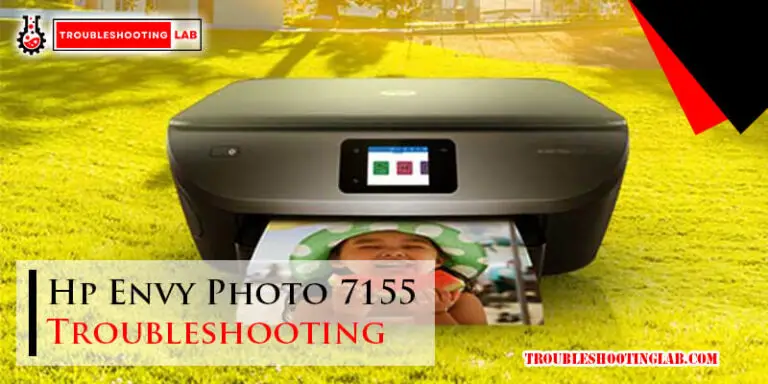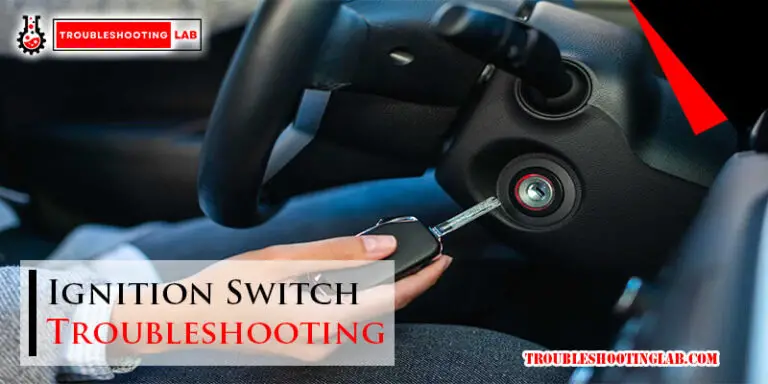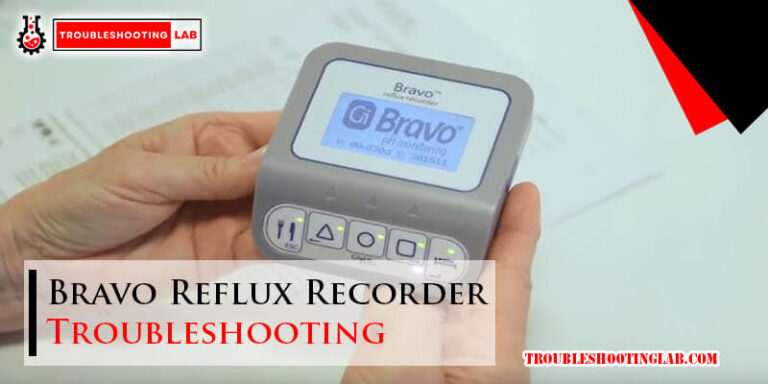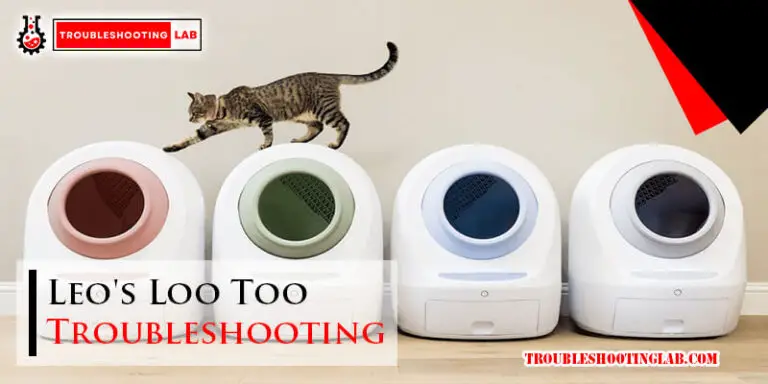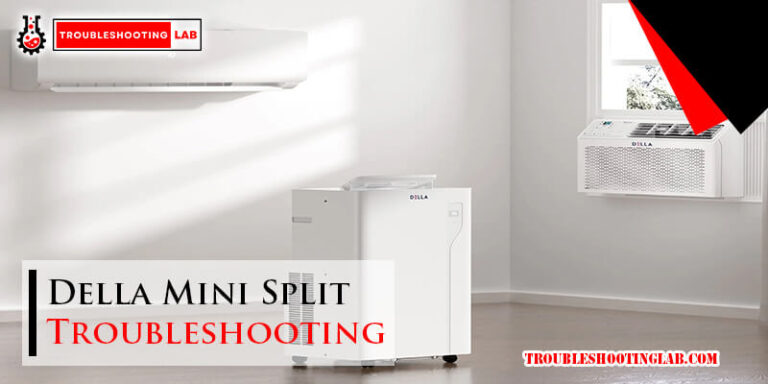Invisible Fence Troubleshooting: Expert Tips for a Reliable Pet Containment System
If your invisible fence is not working, check the power source and make sure the transmitter is properly connected. Troubleshoot by inspecting the boundary wire for breaks or gaps, and adjust the settings if necessary.
Dealing with an invisible fence that’s not functioning can be frustrating, but with a little troubleshooting, you can get it back to working order in no time. Remember to start with the power source and the transmitter connection, then move on to inspecting the boundary wire for any potential issues.
A thorough evaluation of the settings may also be beneficial. By following these steps, you can quickly identify and resolve the problem with your invisible fence, ensuring the safety of your pet and the effectiveness of the system.
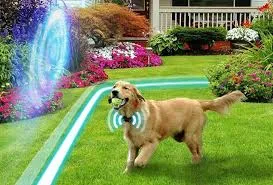
Common Issues With Invisible Fence
While an invisible fence is an effective tool for keeping your pet safe within your property boundaries, it is not immune to occasional issues that can arise. Understanding and troubleshooting these common issues can help you ensure that your invisible fence system is working properly and keeping your furry friend secure.
Intermittent Boundary Signals
One common issue that pet owners may encounter with their invisible fence is intermittent boundary signals. This means that the boundary signal may not consistently transmit or function as expected. Here are a few potential causes and troubleshooting steps to help resolve this issue:
- Make sure that the fence transmitter is properly connected to a power source and the power supply is functioning correctly.
- Check the boundary wire for any breaks, damages, or loose connections. These can disrupt the signal transmission and cause intermittent issues.
- Inspect the receiver collar for any signs of damage or malfunction. A faulty receiver collar can lead to inconsistent boundary signals.
- Ensure that there are no environmental factors, such as heavy rain or thunderstorms, that may interfere with the boundary signal.
If troubleshooting these steps does not resolve the issue, it may be necessary to contact a professional to further diagnose and repair any potential problems.
Inconsistent Receiver Collar Beeps
Another common issue that pet owners may face is inconsistent receiver collar beeps. The receiver collar is designed to emit audible beeps to warn your pet when they are approaching the boundary. If the beeps are not consistent, it can be confusing for your pet and may compromise the effectiveness of the invisible fence. Here are a few troubleshooting steps to address this issue:
- Ensure that the receiver collar is properly fitted and secured on your pet’s neck. A loose or improperly fitted collar can disrupt the beeping signal.
- Check the battery level of the receiver collar. Low battery power can cause inconsistent beeping. Replace the battery if necessary.
- Make sure that the collar probes are making proper contact with your pet’s skin. If they are not, adjust the collar or consult the product manual for guidance.
- If the issue persists, confirm that the receiver collar settings are appropriately adjusted to the desired sensitivity level.
If following these troubleshooting steps does not resolve the inconsistent beeping issue, it may be necessary to seek assistance from the manufacturer or a professional to address the problem.
Assessing The Boundaries
When it comes to troubleshooting an invisible fence, one of the first steps you should take is assessing the boundaries. This crucial step allows you to identify any issues with your wire connections, as well as test the functionality of the transmitter and receiver. By carefully examining these aspects, you will be able to address any potential problems and ensure that your invisible fence is working optimally to keep your furry friend safe and secure.
Checking Wire Connections
Before proceeding with any troubleshooting, it’s essential to inspect the wire connections of your invisible fence. Over time, these connections may become loose or damaged, leading to signal disruption and ineffective boundary enforcement. Follow these steps to check your wire connections:
- Start by locating the main control box, which is typically housed indoors or in a weatherproof enclosure like a garage or shed;
- Use a screwdriver or appropriate tool to open the control box and expose the wire connections;
- Visually inspect each wire connection, ensuring that they are securely attached;
- If any connections appear loose, gently tighten them using a screwdriver;
- Ensure that there are no visible damages or breaks in the wire insulation;
- If you notice any issues with the wire connections or wire integrity, consider replacing or repairing the affected sections.
Testing Transmitter And Receiver Functions
Once you have verified the integrity of your wire connections, the next step is to test the transmitter and receiver functions. This will help you determine if there are any faults in these components that may be affecting the overall performance of your invisible fence system. Follow these guidelines to test the transmitter and receiver:
- Start by turning on the transmitter unit and ensuring that it has power;
- Place the receiver collar around your wrist and move towards the boundary line;
- Observe the indicator lights on the transmitter unit as you approach the boundary;
- If the lights do not change or there is no audible response from the collar, there may be an issue with the transmitter or receiver;
- Consult the manufacturer’s instructions or reach out to their customer support for further assistance in diagnosing and resolving the problem.
Addressing Signal Interruptions
If your invisible fence is experiencing signal interruptions, troubleshoot the issue by checking the transmitter’s location and ensuring it’s away from interference. Inspect the boundary wire for any breaks or damage and reposition it if necessary. Additionally, examine the collar battery and adjust the settings if needed for optimal performance.
Locating And Fixing Wire Breaks
Use a wire break locator tool to identify and repair any breaks in the invisible fence wiring.
Check the fence wire for any cuts, nicks, or damage caused by digging animals or landscaping tools.
Evaluating Power Supply Issues
Ensure the transmitter is plugged in and receiving power from a reliable source.
Inspect the power adapter and outlet for any signs of damage or malfunction.
Receiver Collar Problems
If your invisible fence receiver collar is causing problems, such as inconsistent beeping or not working at all, you may need to troubleshoot the issue. Common concerns include battery problems, signal interference, or collar damage. It’s important to start by checking the battery, examining the signal strength, and inspecting the collar for any visible damage.
Battery Replacement
Proper Fit And Contact Points
When it comes to troubleshooting invisible fences, one common area of concern is the receiver collar. This crucial component of the invisible fence system is responsible for delivering corrective stimuli to your pet when they approach the boundary. However, like any electronic device, it can encounter problems from time to time. In this section, we will discuss two major issues that pet owners often face with receiver collars: battery replacement and ensuring proper fit and contact points.
Battery Replacement
If your pet’s receiver collar is not functioning properly, the first thing you should check is the battery. Over time, the battery may lose its charge, leading to weak or inconsistent correction signals. To replace the battery, follow these simple steps:
- Locate the battery compartment on the receiver collar.
- Using a small screwdriver or coin, carefully open the battery compartment.
- Remove the old battery and dispose of it properly.
- Insert a new battery into the compartment, ensuring it is properly aligned.
- Tightly close the battery compartment, making sure it is sealed to prevent water damage.
- Test the receiver collar by approaching the invisible fence boundary to see if the correction signals are now working properly.
Proper Fit And Contact Points
Another common issue with receiver collars is the fit and condition of the contact points. The contact points are the metal prongs located on the underside of the collar, which come into direct contact with your pet’s skin. If these contact points are not in the right position or are damaged, it can affect the effectiveness of the invisible fence system.
To ensure a proper fit and contact, follow these guidelines:
- Check the fit of the collar regularly. It should be snug enough to stay in place but not too tight to cause discomfort.
- Inspect the contact points for signs of wear or damage. If they are bent, rusted, or dull, they may need to be replaced.
- Adjust the contact points so that they are in direct contact with your pet’s skin. If your pet has long or thick fur, you may need to trim the hair around the contact points for better conductivity.
- Ensure that the contact points are cleaned regularly to prevent debris buildup, which can affect the signal transmission.
Dealing With Interference
Are you experiencing issues with your invisible fence due to interference? Dealing with interference can be frustrating, but with the right troubleshooting techniques, you can minimize false activations and ensure the proper functioning of your invisible fence system.
Identifying And Resolving Radio Frequency Interference
Radio frequency interference can cause disruptions in the signal of your invisible fence, leading to inconsistent performance. To identify the source of interference, check for nearby electronic devices such as wireless routers, cordless phones, or other systems that emit radio waves. Additionally, consider if any changes have occurred in your neighborhood, such as the installation of new communication towers or power lines. Resolving interference may involve repositioning the fence transmitter or adjusting the frequency settings to avoid conflicting signals.
Minimizing False Activations
False activations can be a common issue with invisible fences, often resulting from external factors such as interference. To minimize false activations, ensure the collar batteries are properly charged and free from corrosion that may affect their performance. Regularly inspect the boundary wire for any damage or exposure, as environmental conditions or external interference can cause disruptions. Additionally, consider adjusting the sensitivity levels of the collar to reduce false alarms triggered by minor disturbances.
Utilizing Professional Services
When facing issues with your invisible fence system, consulting with professionals is essential.
For efficient troubleshooting, consider professional maintenance and repair services for your invisible fence.
Enhancing System Reliability
Regular system inspections, implementing preventive measures, and addressing troubleshooting issues promptly are essential to enhance the reliability of your invisible fence system. By following these steps, you can ensure that your fence remains effective in keeping your pets safe and secure.
Regular System Inspections
Regular inspections of your invisible fence system can help identify potential issues before they become major problems. By thoroughly examining the components and checking for any signs of damage, you can prevent any future system failures. Here’s what you need to keep in mind during your system inspections:
- Inspect the Boundary Wire: Check the condition of the boundary wire for any breaks, cracks, or exposed areas. These issues can lead to signal disruptions and compromise the integrity of your invisible fence.
- Test the Transmitter: Use the transmitter’s testing feature to ensure that it is emitting a consistent signal. Any fluctuations or irregularities may indicate a malfunctioning transmitter that needs repair or replacement.
- Check the Collar: Examine the collar for any signs of wear and tear, such as frayed wires or loose parts. These issues can affect the functionality of the collar and may require professional intervention.
Implementing Preventive Measures
To maintain the reliability of your invisible fence system, implementing preventive measures is crucial. By taking proactive steps, you can minimize the risk of system malfunctions and ensure that your pets remain safely within the designated boundaries. Consider the following preventive measures:
- Keep the Boundary Wire Secure: Anchor the boundary wire properly to avoid accidental damage due to mowing, digging, or other activities. Regularly trim any overgrown vegetation that could interfere with the wire’s functionality.
- Protect the Transmitter: Shield the transmitter from harsh weather conditions by housing it in a protective enclosure or installing it in a sheltered area. This precautionary measure can prevent damage caused by exposure to extreme temperatures or moisture.
- Maintain the Collar: Clean the collar regularly to remove any dirt or debris that could impair its functionality. Also, replace the collar batteries as needed to ensure a consistent power supply to the system.
By performing regular system inspections and implementing preventive measures, you can enhance the reliability of your invisible fence. Remember, a well-maintained system provides optimal protection and peace of mind for both you and your pets.
Expanding And Customizing The System
Adding Boundary Extensions
If you need to expand your invisible fence system, consider adding boundary extensions. These extensions help cover larger areas and ensure your pet stays safe and secure.
Incorporating Multi-pet Solutions
For households with multiple pets, incorporating multi-pet solutions can simplify the invisible fence setup. This allows multiple pets to be contained simultaneously without interference.
Frequently Asked Questions On Invisible Fence Troubleshooting
How Do I Know If My Invisible Fence Is Malfunctioning?
To check for issues, walk around the perimeter with the collar on. If your pet crosses without a correction, the fence may need troubleshooting or the collar may need new batteries.
Can Weather Affect The Performance Of An Invisible Fence?
Yes, extreme weather conditions like heavy rain, snow, or lightning can impact the fence’s function. Check the system after severe weather events to ensure proper operation and make necessary adjustments.
What Should I Do If My Pet Is Not Responding To The Invisible Fence?
First, ensure the collar is properly fitted and has fresh batteries. If the issue persists, there may be interference or a broken wire. Check the system for any disruptions or contact a professional for assistance.
Are There Common Reasons For False Alarms With An Invisible Fence?
Common causes of false alarms include interference from metal objects, low collar batteries, or a malfunctioning transmitter. Check for these issues and reset the system if needed to reduce false alarms.
Conclusion
Troubleshooting invisible fence issues can be a straightforward process with the right approach. Remember to check connections, adjust settings, and test the system regularly. By following these tips, you can ensure your invisible fence functions effectively, providing reliable containment for your furry companions.

